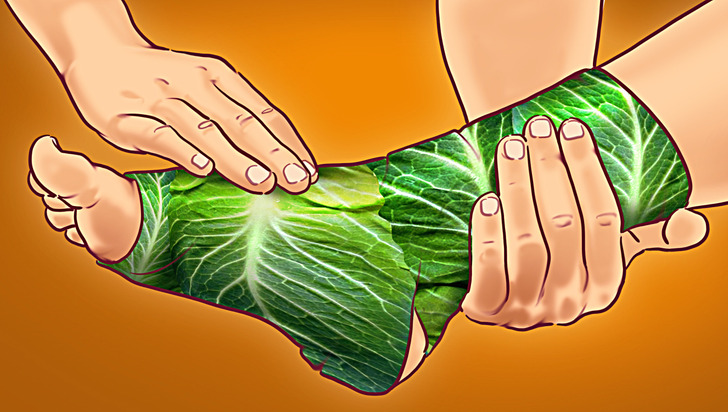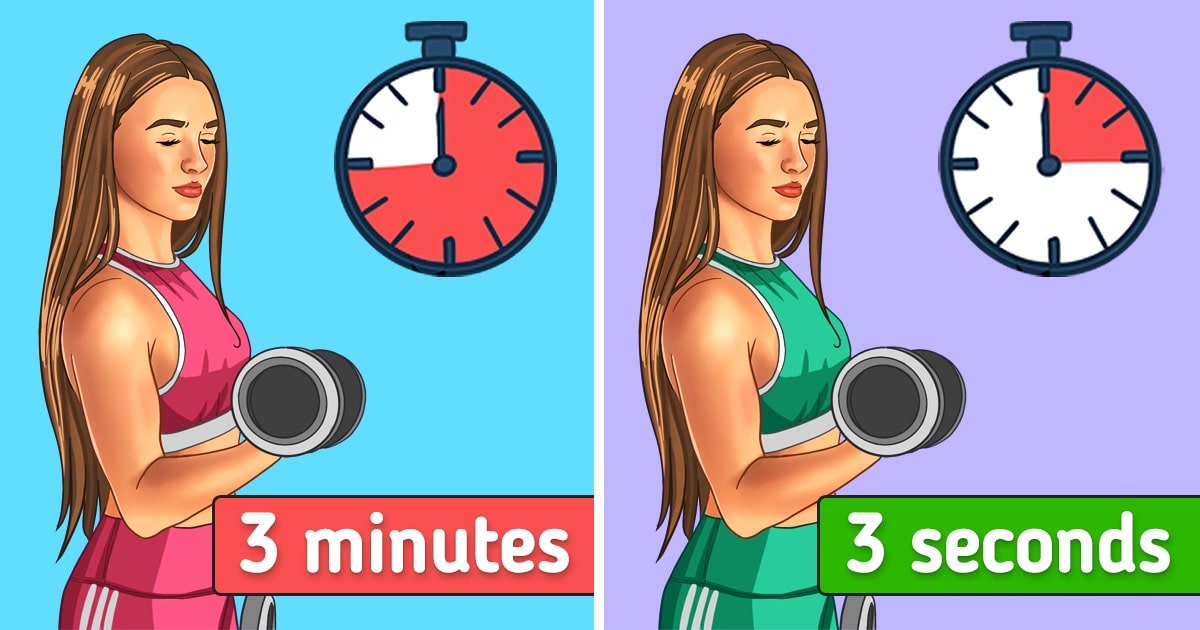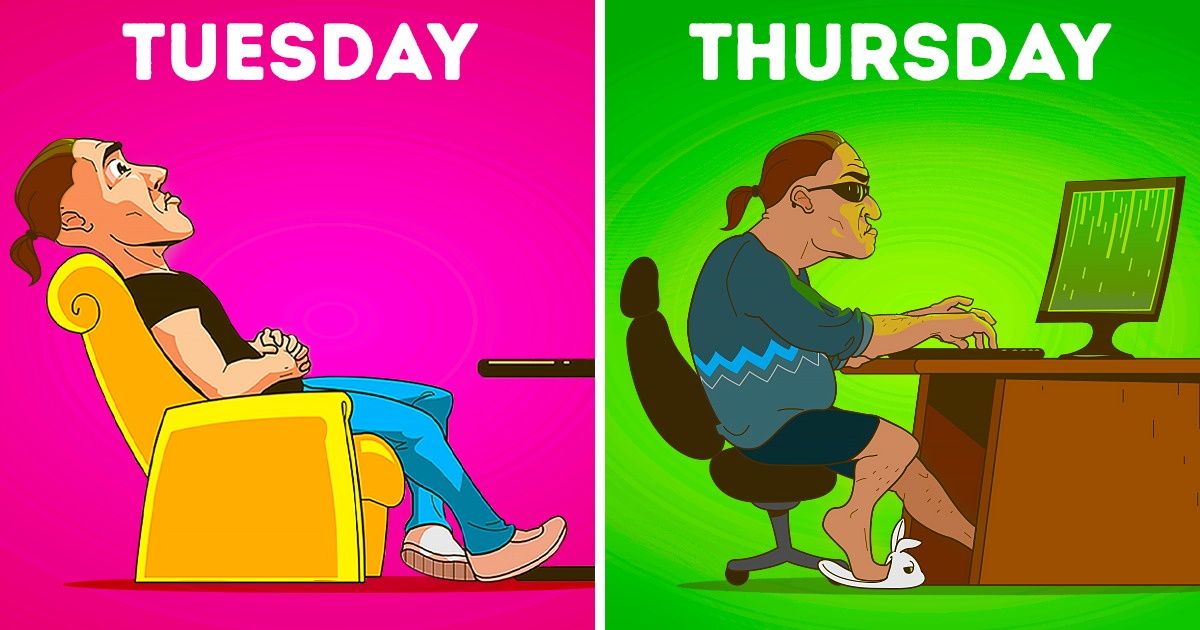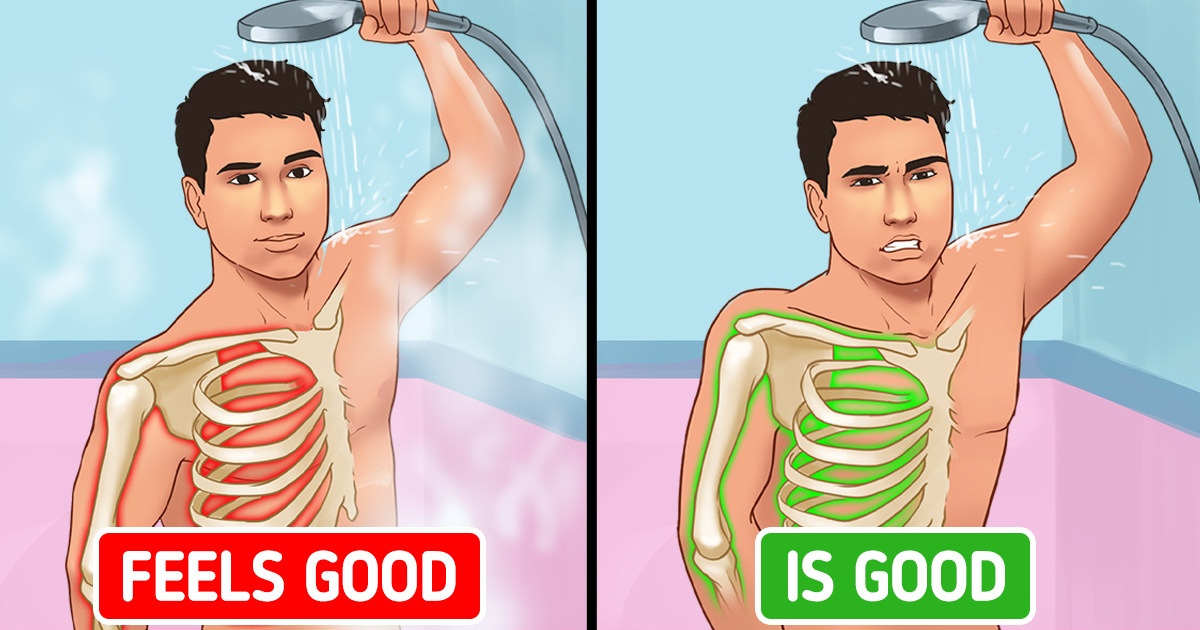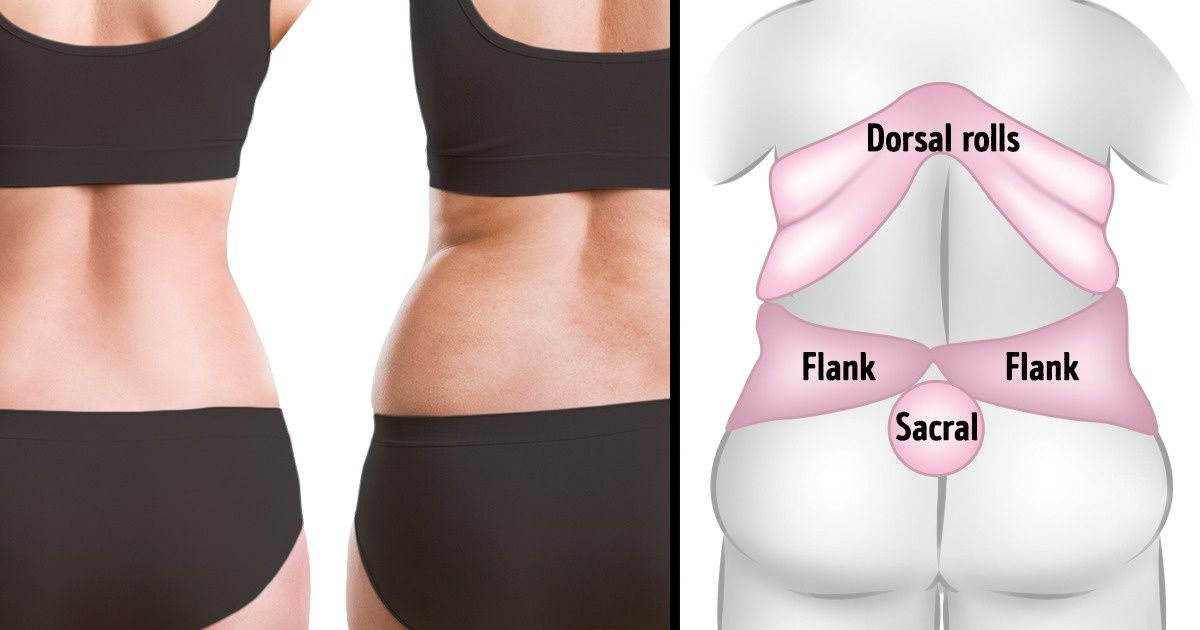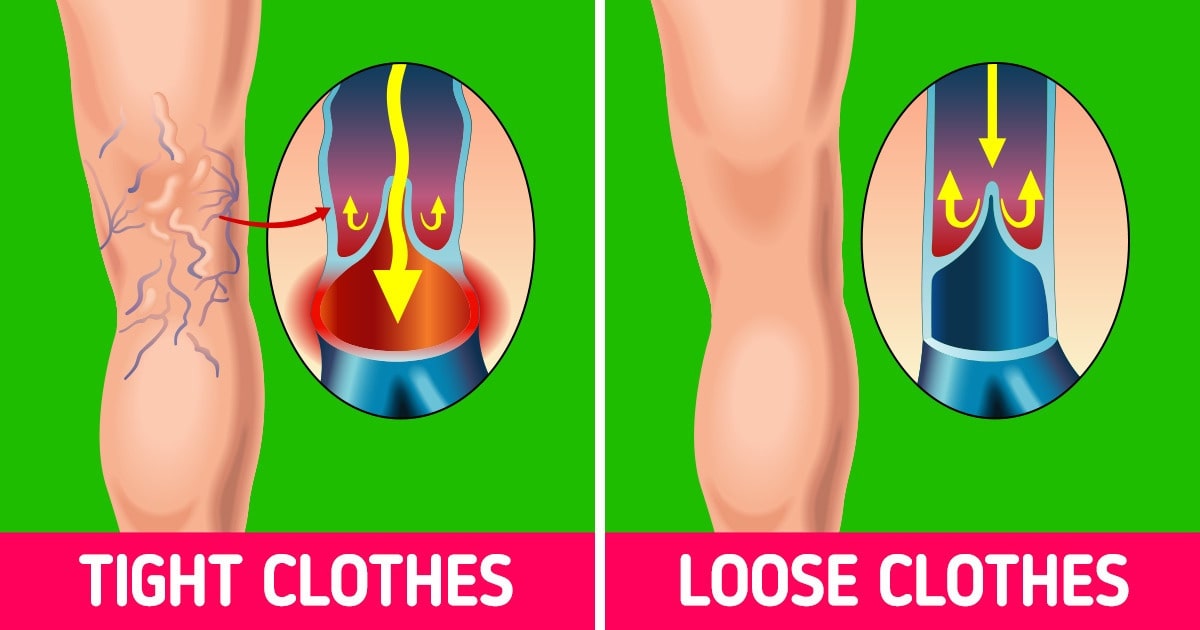The DASH Diet—short for Dietary Approaches to Stop Hypertension—has earned global recognition for its proven benefits in lowering blood pressure, improving heart health, and supporting weight loss. Recommended by leading health professionals and organizations like the National Institutes of Health (NIH) and the American Heart Association, this diet is celebrated not just for its effectiveness but also for its balanced approach to nutrition.
In this comprehensive guide, we’ll dive into what the DASH Diet is, explore its underlying concepts and basic rules, and provide practical tips on what you can eat, what to avoid, and how to plan your meals. Whether you’re looking to manage hypertension, shed a few pounds, or simply embrace a healthier lifestyle, the DASH Diet offers a sustainable, flexible eating plan that can transform your health.
What is the DASH Diet?
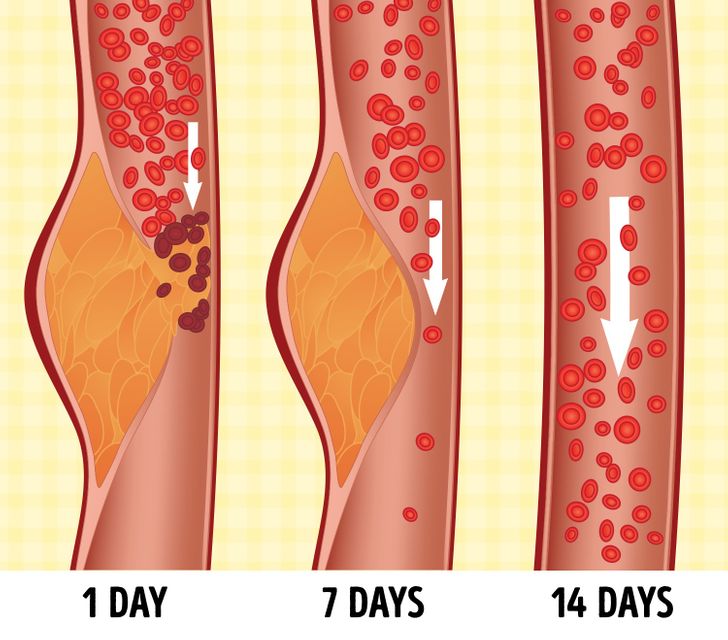
The DASH Diet is a nutrition plan designed primarily to combat high blood pressure (hypertension) by emphasizing the intake of whole foods rich in essential nutrients while limiting foods high in sodium, sugars, and unhealthy fats. Developed by the National Heart, Lung, and Blood Institute, the diet has been extensively researched and shown to reduce blood pressure, lower cholesterol levels, and improve overall cardiovascular health.
Key components of the DASH Diet include:
- High Intake of Fruits and Vegetables: Packed with vitamins, minerals, and antioxidants, these foods help regulate blood pressure.
- Whole Grains and Fiber-Rich Foods: Foods like oats, brown rice, and quinoa support healthy digestion and sustained energy.
- Lean Proteins: Sources such as poultry, fish, and legumes provide essential amino acids without excessive saturated fats.
- Low-Fat Dairy Products: These provide calcium and vitamin D while avoiding the high fat content found in full-fat dairy.
- Nuts, Seeds, and Healthy Fats: These contribute to heart health by providing omega-3 fatty acids and other essential fats.
For more detailed information on the DASH Diet, you can explore the official DASH Diet resources provided by the NIH.
Understanding the Concept Behind the DASH Diet
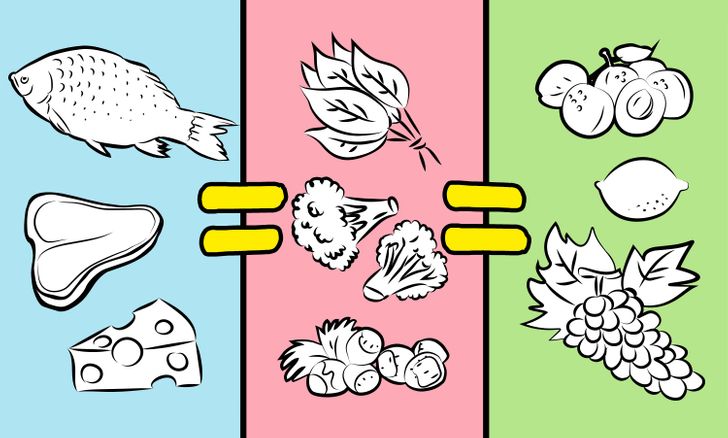
What Is the Concept of the DASH Diet and How Does It Work?
At its core, the DASH Diet is built on the principle of balance and moderation. Rather than focusing solely on calorie restriction, it emphasizes nutrient-dense foods that help lower blood pressure and reduce the risk of cardiovascular diseases. The concept is simple: by reducing sodium intake and increasing the consumption of potassium, calcium, and magnesium through whole foods, the diet helps to relax blood vessels and improve overall heart function.
The DASH Diet works by:
- Regulating Sodium Intake: The diet typically recommends limiting sodium to 2,300 mg per day, with a lower target of 1,500 mg for those with hypertension. This reduction helps prevent water retention and lowers blood pressure.
- Boosting Nutrient Intake: Foods rich in potassium, calcium, and magnesium counterbalance the effects of sodium, supporting vascular function and reducing stress on the cardiovascular system.
- Promoting a Balanced Plate: By encouraging a variety of food groups, the diet ensures that you receive a full spectrum of nutrients necessary for optimal health.
This balanced approach not only aids in blood pressure management but also supports weight loss and overall metabolic health, making it a favorite among doctors and nutrition experts worldwide.
DASH Diet Basic Rules and Guidelines for Success
Core Principles of the DASH Diet: Simple Rules for a Healthier You
Implementing the DASH Diet into your daily routine can be straightforward if you follow its basic guidelines. Here are the fundamental rules to get started:
- Emphasize Whole Foods: Prioritize fruits, vegetables, whole grains, lean proteins, and low-fat dairy in every meal.
- Control Sodium Intake: Aim to limit sodium consumption by choosing fresh or minimally processed foods. Read labels carefully to avoid hidden salts.
- Limit Unhealthy Fats and Sugars: Avoid trans fats, saturated fats, and added sugars. Replace these with healthier alternatives like olive oil and natural sweeteners.
- Portion Control: Use appropriate portion sizes to avoid overeating. This helps manage calorie intake and supports weight loss.
- Stay Hydrated: Drink plenty of water throughout the day to maintain hydration and support overall bodily functions.
- Plan Ahead: Preparing meals in advance can help you stick to the diet and avoid unhealthy temptations.
Following these rules can set you on a path to not only controlling hypertension but also achieving a healthier, more balanced lifestyle. The simplicity and flexibility of the DASH Diet make it an ideal choice for long-term health improvements.
What You Can Eat on the DASH Diet: A Comprehensive Food Guide
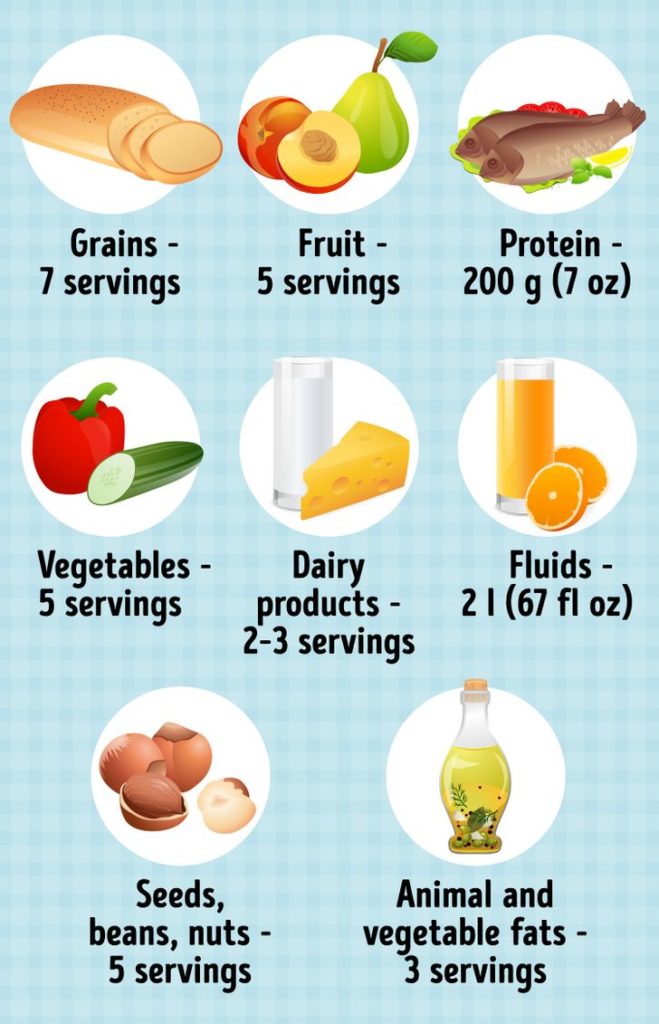
Top Foods and Nutrients to Embrace for Better Health
One of the biggest advantages of the DASH Diet is its wide variety of delicious, nutrient-rich foods that are both satisfying and beneficial for heart health. Here’s a breakdown of what you can include in your DASH Diet plan:
- Fruits and Vegetables: Aim for 4-5 servings of each per day. Berries, apples, oranges, leafy greens, carrots, and bell peppers are excellent choices.
- Whole Grains: Incorporate whole grains like brown rice, oatmeal, whole-wheat bread, and quinoa into your meals to boost fiber intake.
- Lean Proteins: Choose skinless poultry, fish, beans, lentils, and tofu. These protein sources help build muscle and support metabolic functions without excessive fat.
- Low-Fat Dairy: Opt for skim milk, low-fat yogurt, and reduced-fat cheese to ensure you get enough calcium and vitamin D.
- Nuts and Seeds: Include a small serving of unsalted nuts, seeds, or nut butters for healthy fats that promote heart health.
- Healthy Fats: Use olive oil or avocado oil in cooking to add flavor and healthy monounsaturated fats.
- Herbs and Spices: Enhance the flavor of your dishes with herbs and spices instead of salt, which helps reduce overall sodium consumption.
By focusing on these foods, you not only reduce your risk of hypertension and heart disease but also support weight loss and overall well-being. For further reading on nutrient-rich foods and their benefits, check out Harvard Health Publishing.
What to Avoid on the DASH Diet: Foods That Can Hinder Your Health Goals
Key Foods and Ingredients to Limit or Eliminate
While the DASH Diet promotes a wide range of healthy foods, there are certain items you should avoid to maximize the benefits of this eating plan. Here are the major culprits that can sabotage your health efforts:
Excessive Alcohol: Alcohol can interfere with blood pressure control and overall health. If you choose to drink, do so in moderation.
High-Sodium Foods: Processed foods, canned soups, salty snacks, and fast foods are typically loaded with sodium. Avoid these to stay within your daily sodium limit.
Sugary Beverages and Snacks: Soft drinks, energy drinks, and sweets contribute to weight gain and spike blood sugar levels. Opt for water, herbal teas, or naturally flavored drinks instead.
Saturated and Trans Fats: Limit red meats, full-fat dairy products, fried foods, and commercially baked goods that contain unhealthy fats.
Highly Processed Foods: Pre-packaged meals and processed snacks often contain additives, preservatives, and high levels of sodium and sugar.
By eliminating these foods from your diet, you not only protect your cardiovascular health but also create a foundation for sustained weight loss and improved energy levels. The American Heart Association offers additional guidance on how to reduce sodium and unhealthy fats in your diet.
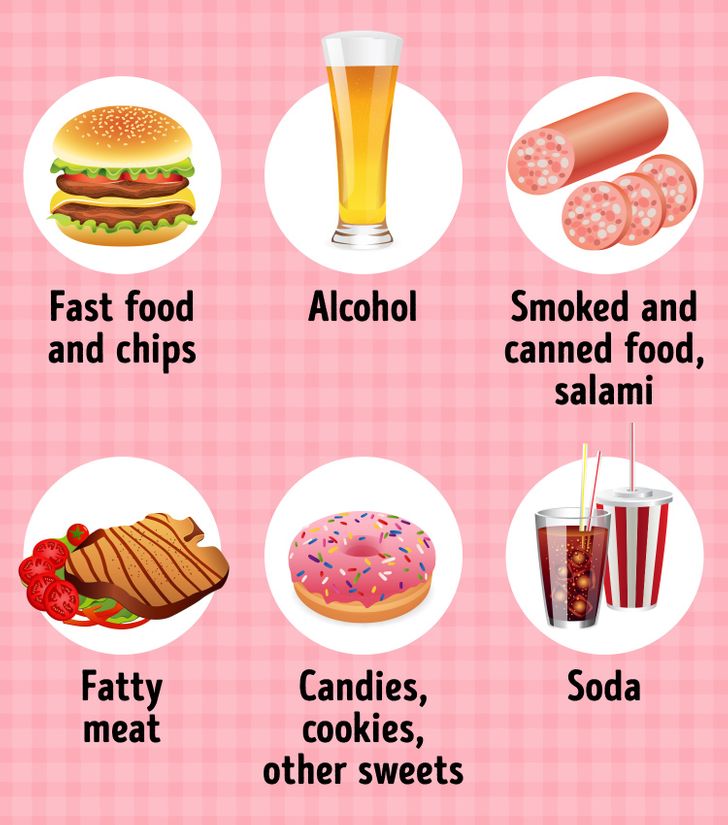
How to Plan Your DASH Diet: Practical Tips for Meal Planning and Preparation
Creating a Customized DASH Diet Meal Plan for Lasting Success
Planning your meals is a crucial part of successfully implementing the DASH Diet. A well-thought-out meal plan can help you stay on track, avoid unhealthy temptations, and ensure that you’re getting all the essential nutrients your body needs. Here are some practical tips to help you plan your DASH Diet:
- Start with a Weekly Menu: Plan your meals for the week, including breakfast, lunch, dinner, and snacks. This helps prevent impulsive eating and reduces the need for last-minute fast food choices.
- Incorporate Variety: To avoid monotony and ensure a balanced intake of nutrients, include a variety of fruits, vegetables, lean proteins, and whole grains in your menu.
- Batch Cooking and Meal Prep: Prepare large portions of healthy meals in advance, so you have nutritious options readily available during busy days.
- Portion Control: Use measuring cups and food scales to keep your portion sizes in check. This is especially important when following a diet that emphasizes weight loss and blood pressure control.
- Healthy Cooking Methods: Choose cooking techniques such as baking, grilling, steaming, or sautéing instead of frying. This helps preserve the nutritional value of your food while reducing added fats.
- Snack Smartly: Plan for healthy snacks like fresh fruits, raw vegetables, yogurt, or a handful of unsalted nuts to keep your energy levels stable throughout the day.
- Stay Hydrated: Don’t forget to include water or other low-calorie beverages in your daily plan. Staying well-hydrated supports overall health and can help reduce unnecessary snacking.
Utilize tools like meal planning apps or printable DASH Diet planners to streamline your process. For additional meal planning ideas and recipes, visit websites such as Mayo Clinic’s Healthy Recipes.
Conclusion: Embrace the DASH Diet for a Healthier Future
The DASH Diet is much more than a temporary eating plan—it’s a lifestyle change that can significantly improve your heart health, lower your blood pressure, and support sustainable weight loss. By focusing on whole, nutrient-dense foods and avoiding processed, high-sodium items, you set the stage for a healthier, more energetic life.
Whether you’re new to the DASH Diet or looking to optimize your current routine, the key lies in planning, consistency, and balance. Incorporate the core principles of the diet into your daily life, and you’ll likely notice positive changes in your overall health, energy levels, and even your mood.
Remember, any successful diet is a journey, and the DASH Diet is supported by decades of research and endorsement from top health organizations. For more detailed information, expert advice, and additional resources, refer to the National Heart, Lung, and Blood Institute and the American Heart Association.
Embrace the DASH Diet today, and take a proactive step towards a healthier, happier future—because when it comes to your health, every bite counts.

